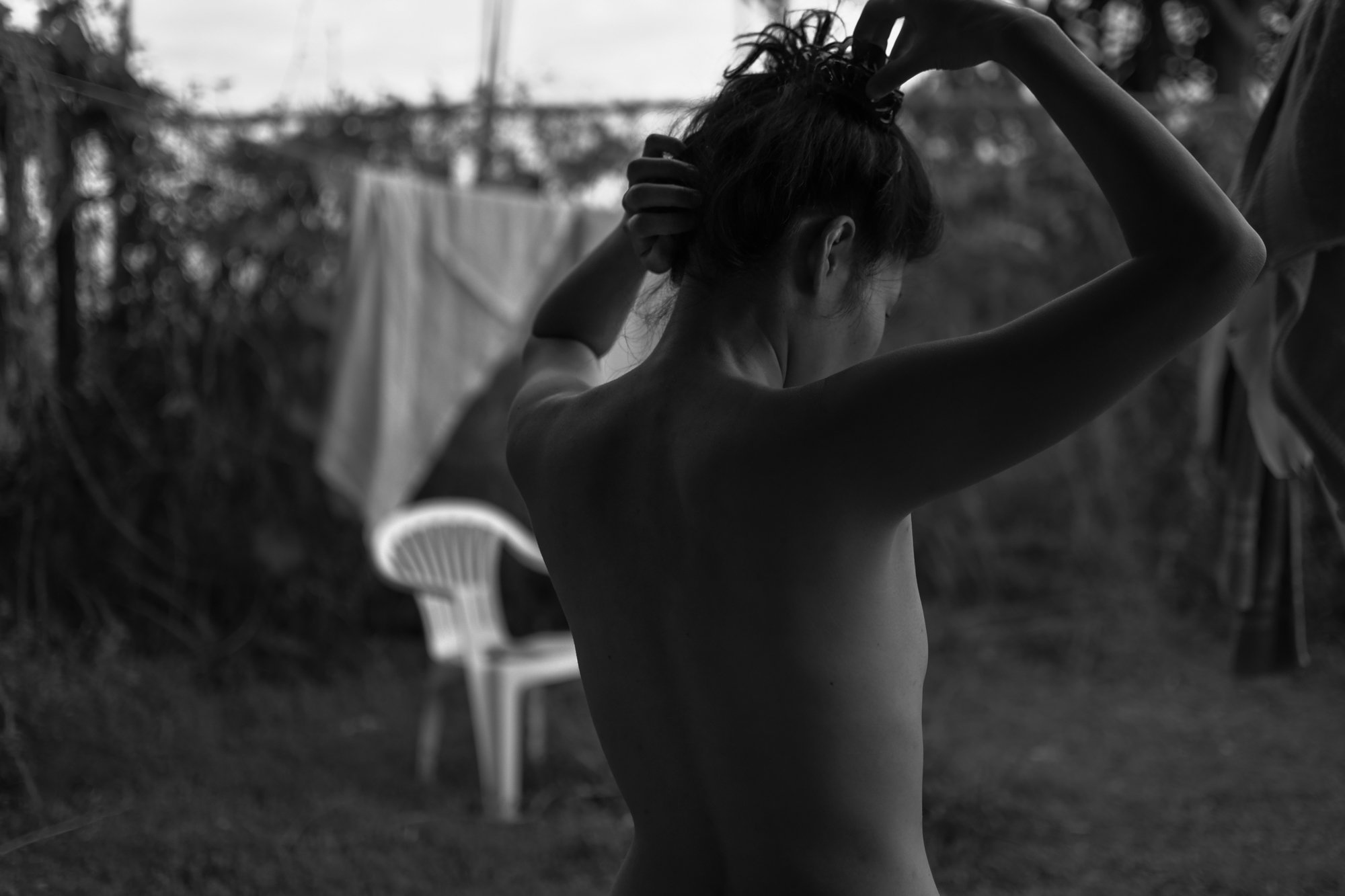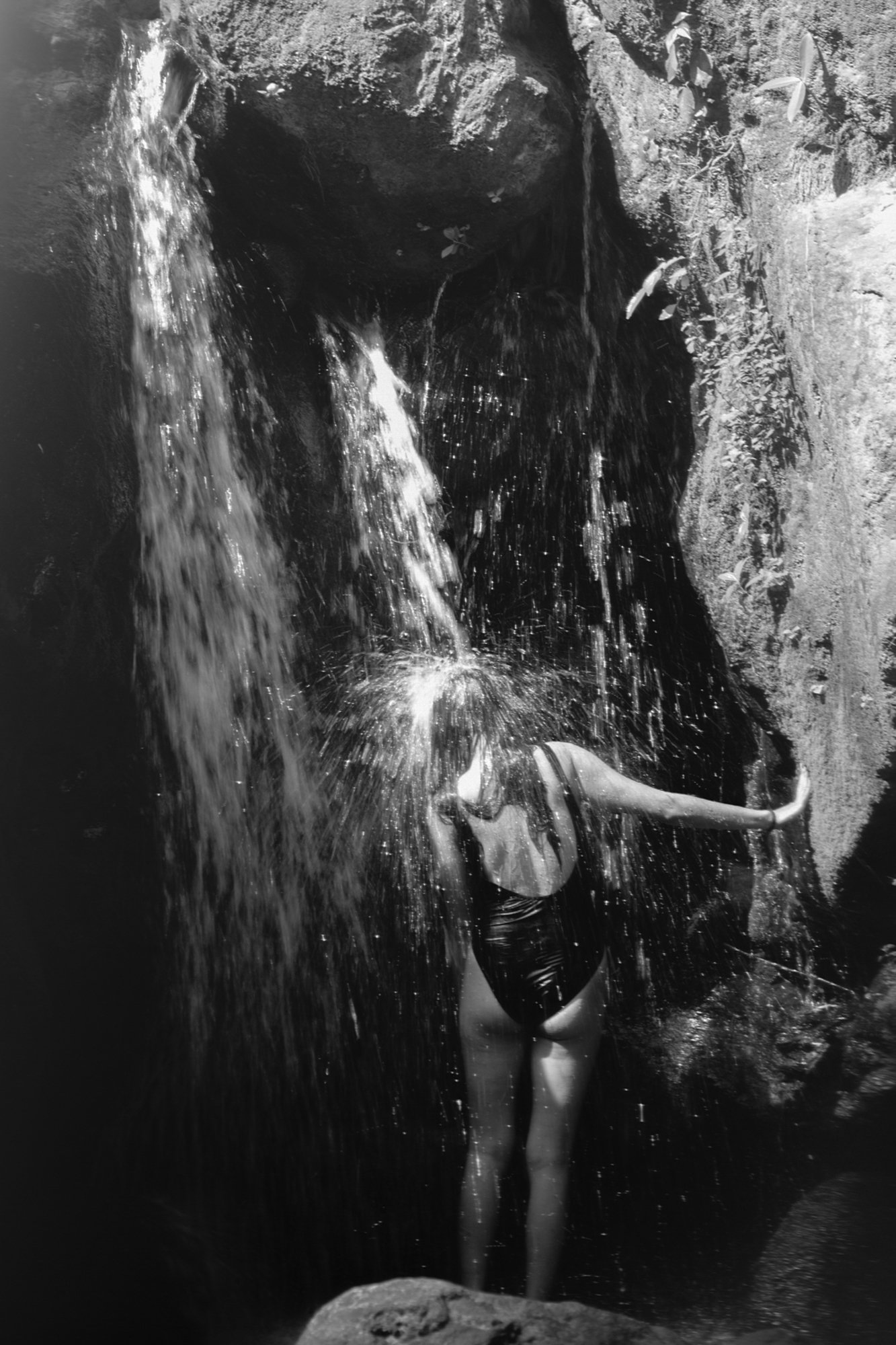Story 134: Emiliano Zúñiga Hernández
What is your backstory?
I always had some trouble on thinking about myself as a photographer. I started studying Anthropology in university because at 17 years old I surely didn´t have an idea of what I wanted to do with my life careerwise, all I knew back then was that I was interested in observing people relating with the world and with myself. I loved the experience in Anthropology, and I will always remember a homework we had on asking a person his/her life story. I chose my dad and after he told me his story I realized that I didn ́t know him at all and that probably I didn ́t know anyone in my life, not even my closest friends or relatives. Something about that exercise triggered inside of me a curiosity on learning about people: why they are who they are, why they behaved a certain a way, and surely I started having that curiosity about myself too.
After a year in Anthropology I wanted something where I could get in touch with in a more spontaneous, artistic way. After using my brother ́s small, 2mpx camera in a trip to Argentina. I was looking through a frame all the time and I didn’t know what I was doing but I was making an effort to make things look “pretty” inside the frame. That’s how I ended up studying photography for four years and getting a degree.
Once I finished I didn’t continue with photography, I went to live for 6 months on a sustainable community located in Saint Vincent and the Grenadines. I took a program on environmentally friendly ways of living. I met Natsuko, my partner there and painted some murals on a local school with her. We both came to Costa Rica after that and started selling marmalades and Kefir for some income.
After two years and while being very invested on meditation and inner work, we moved to rural areas to study and facilitate Jungian Shadow Work with a dear friend of us. We started living by donations for the service that we were providing. It was a magical period of my life where I just experienced being able to get rid of many core beliefs I had on myself, the others, consensus reality. It was in this time also that I started taking pictures again and sharing them. I was using my cellphone mostly and I was just sharing with some people my experience on rural areas, living in community, living with animals and some little poems that I wrote.
What camera gear/editing setup do you use?
Currently, I am using a Nikon D7500 for digital, a Konica Autorreflex T for 35mm film, a No.2 Folding Autographic Kodak Brownie for medium format and a One Step Polaroid.
Most of what I have shared is digital and some 35mm film. I use Lightroom as an editing tool.
How do you achieve the look of your photographs and could you take us through the process?
When its digital I mainly do dodging and burning on some areas where I want to give an accent. When is film I try to scan already having in mind the contrast that I want in each frame and then polish on Lightroom, same with Polaroids.
Could you tell us the backstory of some of your photographs?
When we were living by donations, there was a moment where things started to fall apart. One of the main reasons was lack of resources for paying rent. Between October and November of 2018 we moved four times in four weeks. I was mostly scared, always alert, and always ready to move. I became very sensitive to the idea of home, a place where we, as living beings that desire and deserve some peace, can actually settle. I took this picture with my cellphone while I was waiting for everyone to arrive to our temporary place. I was walking with my dogs near a mangrove known for having alligators on the rainy season. I saw some creature moving in the water and panicked. We all run as I was screaming “Vamos”. Lilly was ahead of me after the curve and I found her there, in the middle of the puddle, peacefully waiting, seeing everything as a game as she always did.
What advice do you have for aspiring photographers?
When I was interested on learning to meditate I went to a place where they thought a very simple exercise. They said that before sleeping we should see in our imagination our day but backwards, with as much detail as we could. Almost as if our imagination was a camera filming everything that happened in the day... our movements, our dialogues, and they said to try not to react but look at yourself from outside as if you were watching a movie with “You” as the main character.
I try to see this character that I play and the people, situations, animals in it, as if I was watching a movie, and what I have learned is that our lives are far more interesting than what we usually think. We are all here, happening for a short period of time.
I guess what I am trying to say is, try to see art as your life itself and not as an object to create. If we have lives that we are truly grateful for and that captures our attention, then photographing, writing, painting becomes just an annex.


































